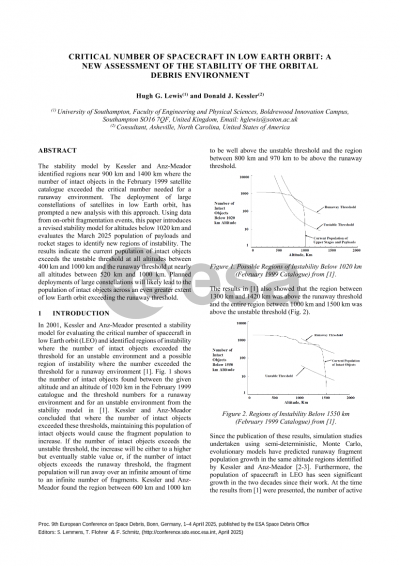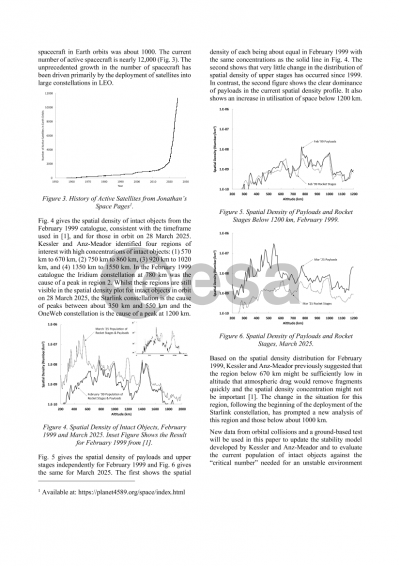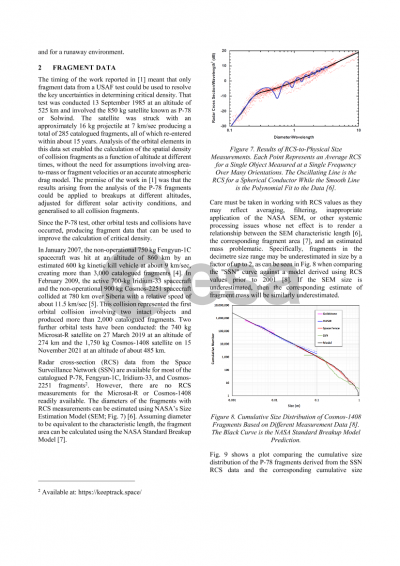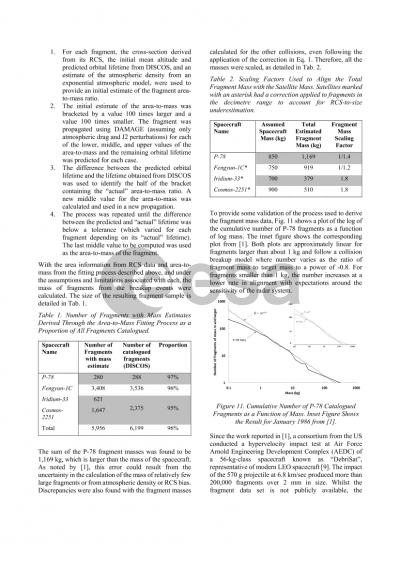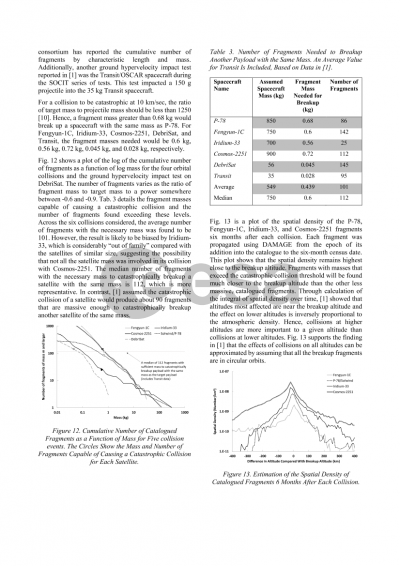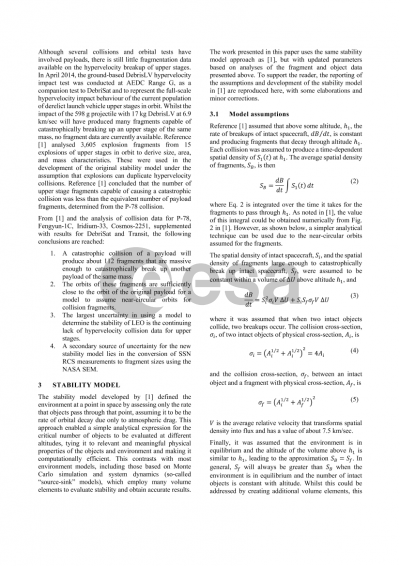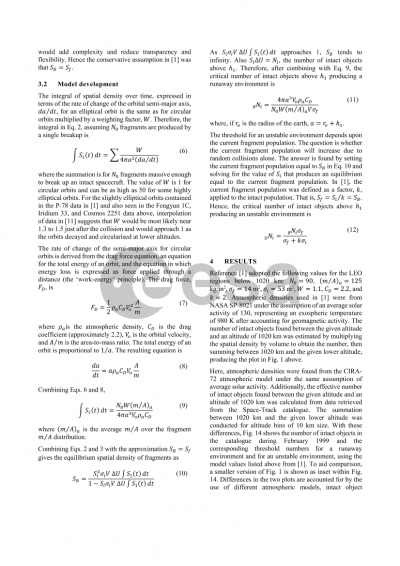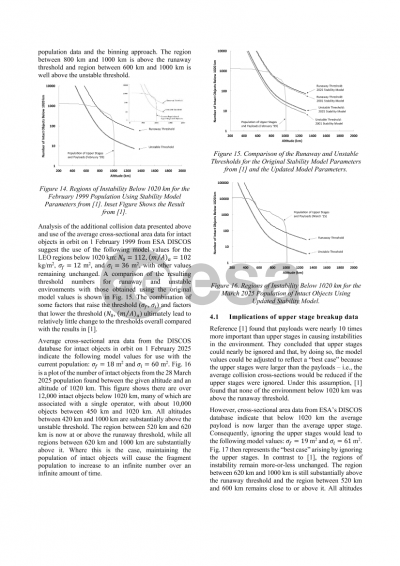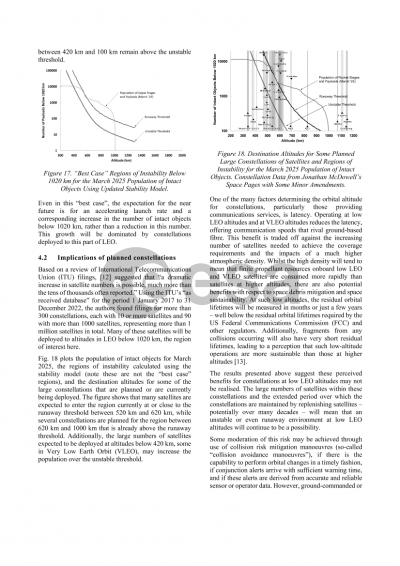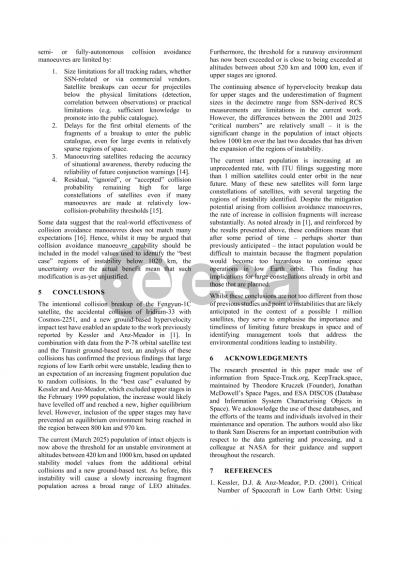Document details
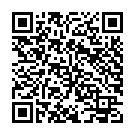
Abstract
A previous study by Kessler and Anz-Meador (2001) analyzed the population of intact objects in low Earth orbit (LEO) using a stability model to assess the February 1999 satellite catalog. Where the number of intact objects exceeded thresholds for a runaway environment or for an unstable environment, maintaining this population was expected to cause the fragment population to increase from random collisions. Kessler and Anz-Meador identified regions of instability between 600 km and 1500 km, where the number of intact objects exceeded the critical number needed for an unstable environment. They also found regions near 900 km and 1400 km where the number of intact objects may have exceeded the critical number needed for a runaway environment. The change in today’s utilization of LEO and the changes expected from the planned utilization of LEO, driven largely by the deployment of large constellations of satellites, has prompted a new analysis. It has also afforded the opportunity to revisit some aspects of the stability model and to exploit data from on-orbit fragmentation events that were not available at the time of the original study. This paper introduces a revised stability model, presents the critical number of intact objects needed for a runaway environment and for an unstable environment, and analyzes the current satellite catalog to identify regions of instability. Using data on the planned utilization of LEO by large constellations of satellites, the paper also addresses the possible near-future environment in relation to the critical number of intact objects. The conclusions are anticipated to be that the orbital debris environment is unstable for a greater extent of low Earth orbit, compared with the findings by Kessler and Anz-Meador in 2001. Regions that are coincident with current and planned deployments of large constellations are expected to show closer proximity to the unstable and runaway thresholds.
Preview
